Calculation of fabric for bed linen
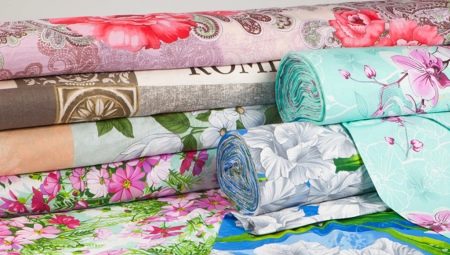
Earlier, when the textile industry suffered from a lack of technical support and qualified personnel, handmade bedding was wildly popular. From now on, it is more a whim than a necessity: people choose different fabrics and patterns for themselves, not because they have nothing to cover the bed with, but because they want to have unique sets designed specifically for their furniture and adjusted to fit.
On the one hand, ordering something like this from a tailor shop can be unreasonably expensive. On the other hand, the job of creating a pair of items of linen, including a pillowcase and a duvet cover, can be tricky and challenging.
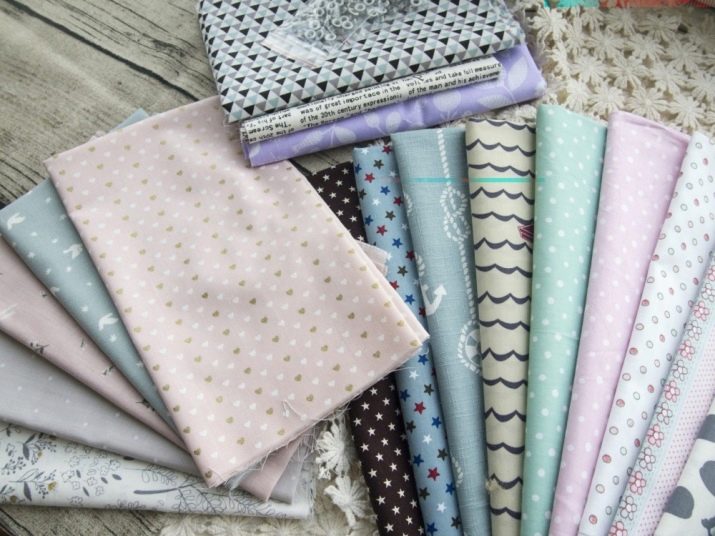
Consumption for standard kits
Bed linen made of completely natural fabrics is a good option for a sound sleep, because the skin with such material will breathe all night long, which means it will cool evenly. Stable thermoregulation will allow the body to rest with every cell of the body, and the owners of the kit will quickly realize that they have made the right decision. When manufacturers use synthetic components in the manufacture of their products, they make them more durable, stronger and stronger, but this greatly affects human convenience.
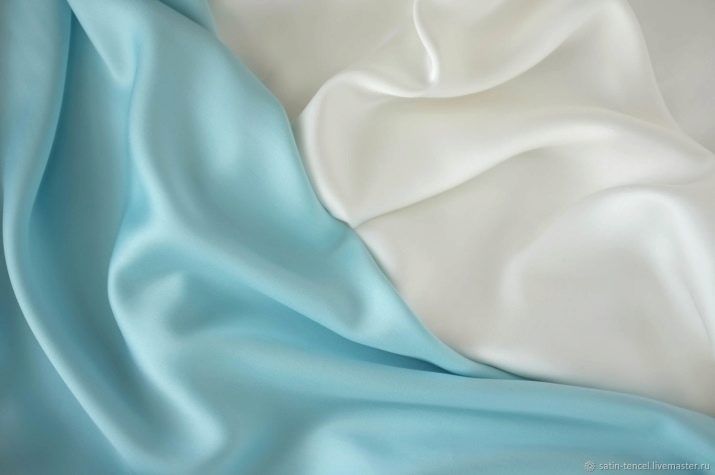
A dynamic modern life requires that sleep is healthy and sound, otherwise no one will have enough energy to do their job, there will be no opportunity to concentrate, therefore, control over the quality of fabrics when creating your bedding set is a big plus of this technique.The sensations from ready-made sets that have been washed, have undergone a slight shrinkage and have lost the silkiness of their surface can only upset the hostess - and further spur her to creative work. The process of decating is able to alleviate the fate of a seamstress at home, but not much.
When sewing linen, you need to remember: excessive savings can greatly harm everything, therefore, the rolls, in comparison with the norm, must be taken by the footage more.
Every flap, every millimeter can be decisive, so before direct work, you need to correctly calculate the footage of the future bedding, otherwise a high-quality thing can simply turn into a huge piece of fabric... In any case, it is worth setting aside from 0.6 to 10 mm on the seam, otherwise the work will disintegrate during the first use.
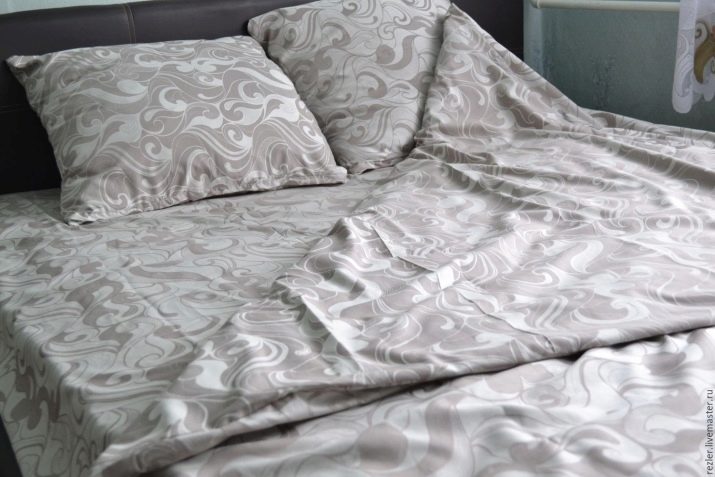
One-bed
For single beds that do not require a lot of fabrics, you can use types such as viscose, satin and cambric. Soft and silky to the touch, these fabrics are quite lightweight, durable and breathable, so having a stylish underwear set out of them is a real joy. In this case, the patterns will be easy to make: fabrics up to 150 cm high and up to 120 cm wide are ideal for these purposes. These sizes are equally good for a sheet and a duvet cover, while you will have to spend more time on a pillowcase. Depending on human preferences regarding the shape of the pillow, universal sizes are considered either 70x70 cm, or 40x50 cm.
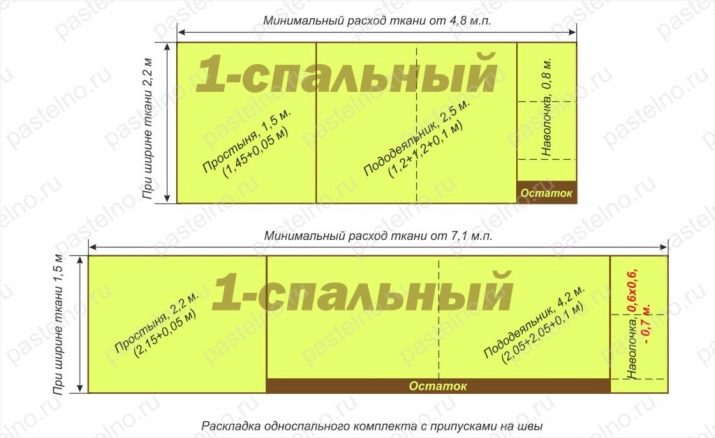
One-and-a-half
Such a set of linen is suitable for use not only on beds, but also on sofas. The dimensions for it will not differ much from those for a single bed: a piece of percale, flax or cambric, which are best suited for these purposes, should reach an average of 7 meters in total area. With a fabric width of 150 cm, the size of the duvet cover will be 150x120 cm, the total material consumption for it will be 4.3 meters. The sheet will turn out to be a little larger: 150x215 cm with a total area of 2.2 meters of fabric. Pillowcases 70x70 cm will take 1.7 meters.
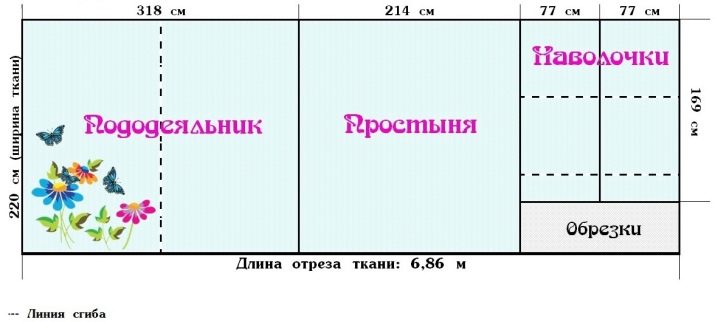
Double
Bamboo fiber and coarse calico, in addition to the above fabrics, due to their durability and crease resistance, will become "frequent guests" in the bedroom of those who have a large bed. There are a lot of variations for creating sets for two. Among them, three are calculated - the most often used by housewives to build patterns for 2-bedroom bedding:
- sheet 220x215 cm - duvet cover 200x220 cm;
- sheet 210x230 cm - duvet cover 180x210 cm;
- sheet 175x215 cm - duvet cover 175x210 cm.
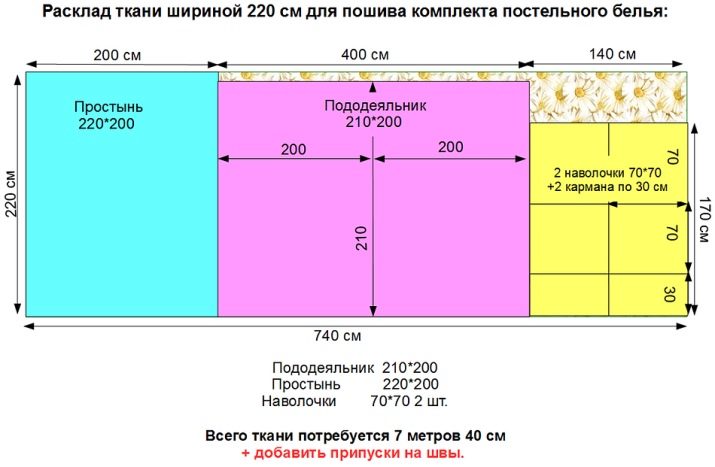
If the dimensions of the bed do not fit either standard or often used, and therefore not tested by craftswomen, then the simplest method to calculate the necessary characteristics for, for example, a sheet is to add 5 cm to the seams to the total width of a piece of fabric.
With a duvet cover, it's a little more difficult: to sew it, you need 2 times more fabric, which would be spent on a sheet, so its parameters should be multiplied by 2 and the same 5 cm should be added to them to get a good pattern.
To sew pillows for a bed for two, you need a piece of fabric with an average thickness of 1 meter. With a width of 70 cm and a height of 50 cm, to which you also need to add a section to create a seam, rectangular pillows will contribute to a good rest for their owners.
In the end, the total fabric consumption was 8 meters.
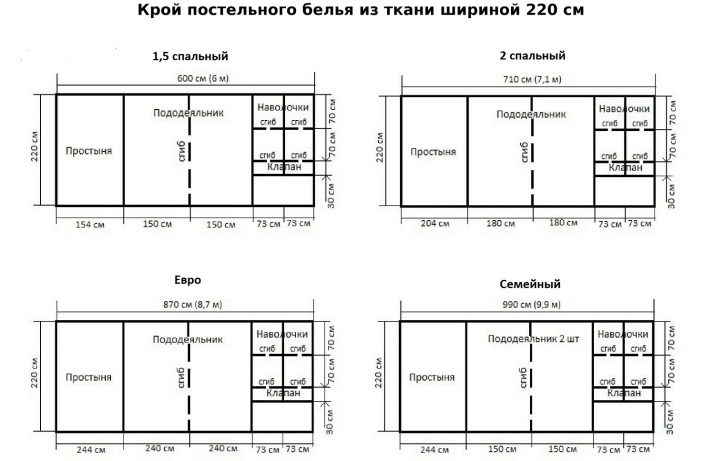
How to calculate for Euro sizes?
Euro bed linen has been at its peak of popularity over the past few years. It is quite versatile and convenient, therefore it is in great demand among housewives. Safe and hypoallergenic fabrics (like flannel, coarse calico, linen and silk) are best suited for such purposes, because they are quite light and will be able to maintain the temperature of bodies under the blankets without any problems.
Indicators of the width and length of Euro sheets are as follows: 200x220, 212x225 and 220x240 cm.The duvet cover does not need any additional calculations: for it, a couple of centimeters should be taken away from the height of the sheet so that the bed does not completely close.
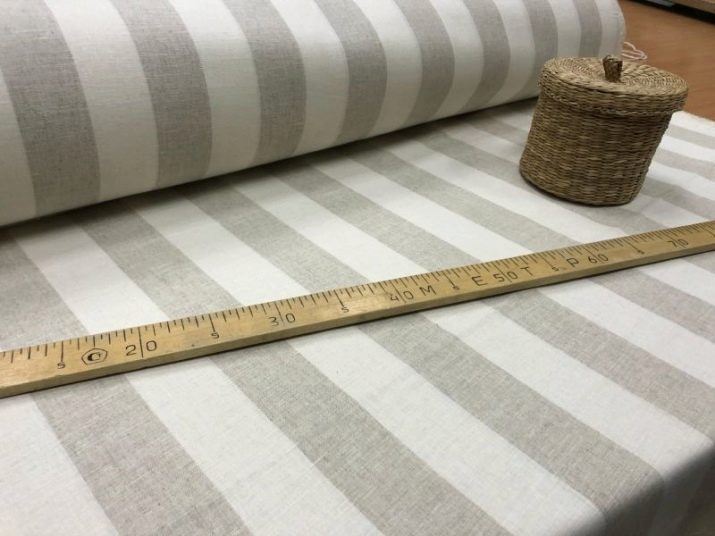
For seams, it is necessary to additionally set aside on patterns up to 5 cm: this will make the linen stronger and more reliable.
The fabric is taken as a standard, whose width is 220 cm. The duvet cover will come out with parameters such as 175x210 cm, while the sheet will turn out to be 200x220 cm.For pillowcases, several calculation options are available at once: 50x70, 60x60 and 70x70 cm. In total the family standard has a total fabric consumption of up to 9 meters.
For linen with a width of 240 cm, such indicators as 200x220 cm for a duvet cover and 220x240 cm for a sheet will be fair. Its dimensions will satisfy both one person and two, and they will reach a total of 10 meters. A Eurobed is a guarantee of comfort and good sleep, because there is enough space on it for both members of a married couple to feel free. However, sometimes it can be very difficult to find linen sets with such parameters even in company stores. That is why self-sewing is a good way to make your life more comfortable. Traditional cotton, thick bamboo and shimmering silk are perfect for any idea.

Calculation for family and baby bedding
For family linen, fabrics such as satin, calico, ranfors and poplin are the best fit.... The dimensions of the sheet will be very close to the standard for a double bed or euro bed - 220x240 cm.The parameters of pillowcases are often chosen based on the convenience and wishes of the owner, however, the most common and simple options are square ones with dimensions 70x70 cm or rectangular 50x70 cm. The main difference and guarantee of comfort for a family couples is to use separate blankets. This will help to comfortably share the personal space of each spouse without harm to their rest and relationships. In this case, the characteristics of duvet covers will fluctuate within 145x210 cm.
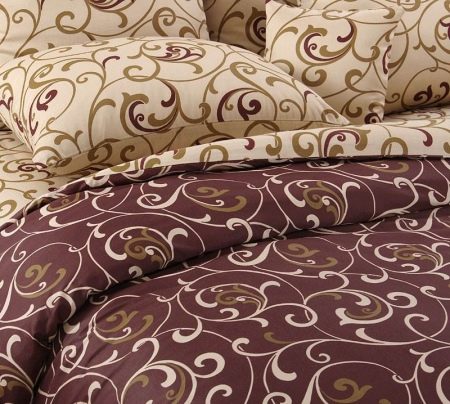
The sizes of children's bedding are calculated based on the characteristics of the child, his age and height.
Depending on the above parameters, the sizes of pillowcases can reach 60x60, 50x70 and 70x70 cm. That is, 10 cm are added to the size of the pillows on which they are sewn in order to sew the seams. If the fabric has not been processed and the issue of shrinkage is still relevant, adding an additional 10 cm will not hurt.
The average consumption of fabric for a duvet cover is 2.7 meters. The standard parameters for this element of children's underwear are 140x100, 150x120, 160x135 cm.
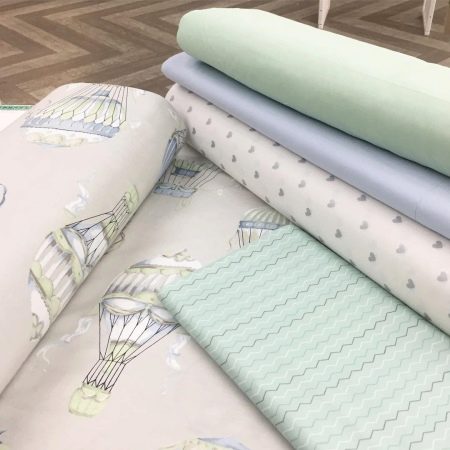
Choose a soft and comfortable fabric for your baby's underwear. Natural materials must be given strict preference. Accumulating heat in winter and allowing the skin to breathe in summer - these fabrics will ensure healthy sleep for both adults and children.
About other nuances of sewing bed linen in the video below.








